Custom pocket knife is more than just a tool – they are works of functional art.
While mass-produced options serve their purpose, a custom knife elevates the experience by allowing you to work directly with a master craftsman to design a unique piece that reflects your personal style.
This in-depth guide will take you through everything you need to know about custom pocket knives.
We’ll explore the key advantages of customization, examine the components that define a quality piece, outline the collaborative design process, provide profiles of top knifemakers, delve into popular blade steels, and offer care and maintenance tips.
Why Choose a Custom Pocket Knife?
There are several compelling reasons someone might select a custom pocket knife over a mass-produced option.
Uniqueness
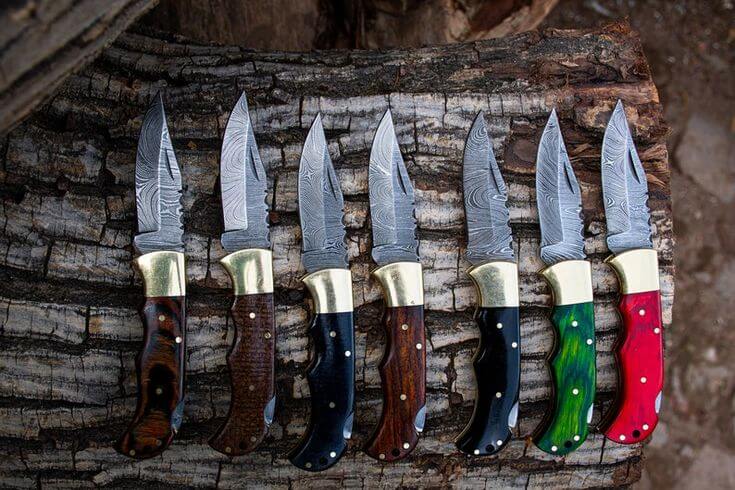
With a custom knife, you get to choose every detail from the blade shape and handle materials down to the finishing touches.
No two designs will be exactly alike, making your knife a true one-of-a-kind expression.
This level of customization allows you to design a knife that perfectly fits your individual needs and style.
Superior Quality
Custom knifemakers use top-grade materials and take the time needed to ensure their creations are built to last.
Higher-end blade steels like Damascus, unique wood varieties for handles, and intricate engravings demonstrate meticulous care and precision that results in a knife you’ll treasure for years.
Their attention to fit and finish also translates to superb functionality.
Investment Potential
Well-made customs hold their value over time as the maker’s skill and reputation grow.
In fact, the resale value of a custom often exceeds its original cost once the maker is widely respected in the knifemaking community. This makes a custom knife a wise long-term addition to any collection.
For example, customs from elite craftsmen like Brian Nadeau or Jimmy Lazare routinely sell for 3x-10x their purchase price on the secondary market.
The Creative Process
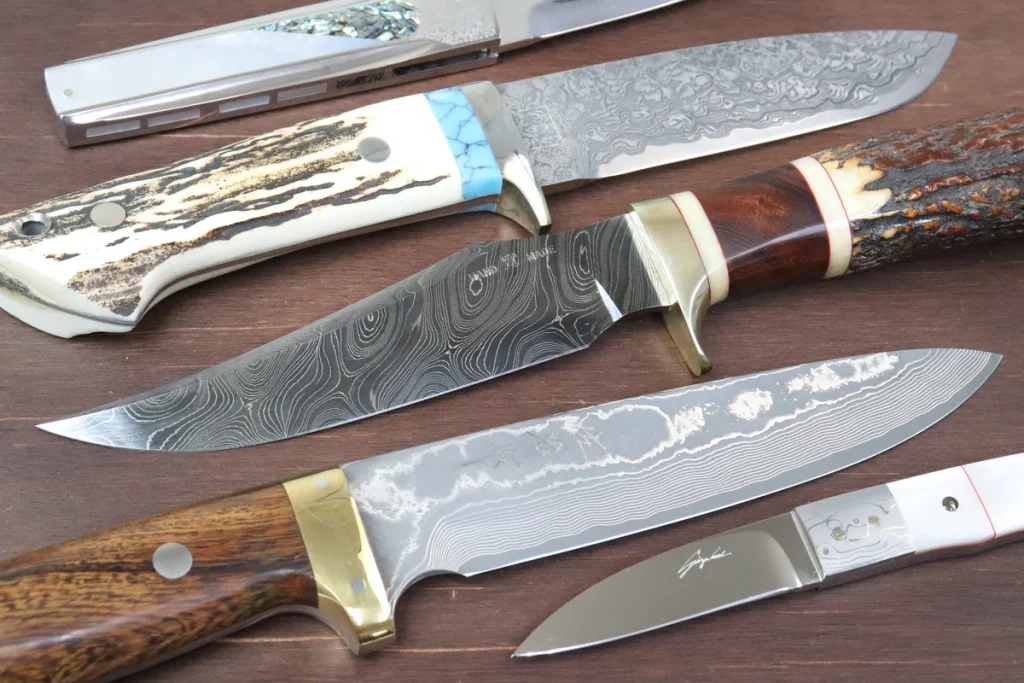
Working directly with a knife maker to design your knife from the ground up provides an enjoyable and rewarding experience for any enthusiast.
Discussing concepts for hours, receiving prototype sketches, seeing incremental progress photos, and finally the excitement of the big reveal upon delivery make for treasured memories that heighten your connection to the finished work of art.
It’s a luxury few mass-produced items can replicate.
Heirloom Quality Craftsmanship
With proper care and maintenance, a quality custom knife made from corrosion-resistant materials is durable enough to be passed down through generations, continually providing practical use while preserving its artistic and sentimental value.
This transforms it from a simple tool into a family keepsake, heirloom, and legacy that stands the test of time.
Community and Pride of Ownership
Joining collector groups and forums dedicated to custom knife artistry fosters appreciation and knowledge sharing.
Many owners enjoy displaying their customs proudly or carrying them as proud symbols of quality and unique design.
The enthusiastic communities surrounding top makers provide inspiration and camaraderie for any discerning collector.
Anatomy of a Custom Pocket Knife
Here are the essential components that define a custom pocket knife and impact its functional characteristics:
Blade
Choices span classic shapes like the clip point, drop point, or tanto as well as innovative designs.
High-performance blade steels range from carbon tool steels suitable for heavier use to premium stainless or exotic alloys offering corrosion resistance and even unique traits like acid etching.
Blade geometry also demands attention to optimize ergonomics and cutting abilities.
Handle
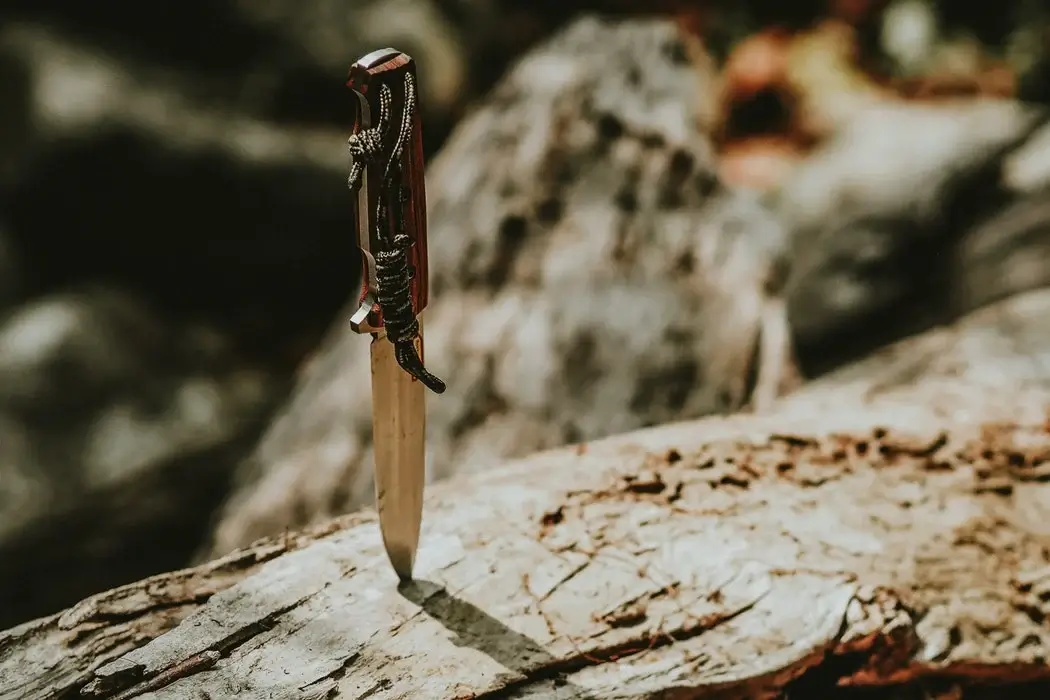
The handle provides balance, control, and comfort during use. Common premium materials include various wood species, horn, bone, micarta, carbon fiber, and G-10 fiberglass reinforced resin – each with their own unique visual and tactile properties.
Contoured sculpting enhances ergonomics while inlays, mosaics, and other embellishments add decorative flair. Alternative handle strategies exist too, like fixed blades utilizing tang construction.
Locking Mechanism
Traditional locking styles for folding knives include liner locks, frame locks, and back locks – each with minor variations in construction or feel.
Non-locking slipjoints also retain popularity for select demographics or styles.
Modern conventions incorporate assisted or automatic opening for convenience.
Opening Method
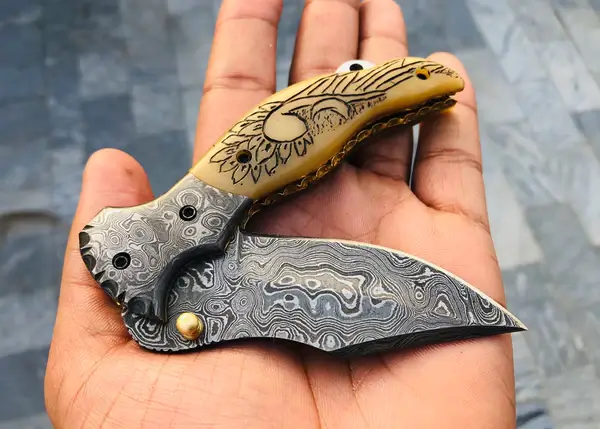
While the thumb stud is still ubiquitous among customs, alternatives include nail nicks and cutouts for thumb-flipping alongside easy access deployers like thumb disks and flipper tabs.
Integrated lockbar mechanisms provide a smooth one-handed opening option.
Choice depends on user preference as well as design constraints.
Hardware and Finishing Touches
Premium materials and finishes elevate hardware components from pivot screws and spacers to pocket clips.
Careful attention to machining tolerances, surface polishing/treatments, and small added features denotes a maker’s focus on quality control.
A well-built knife flows together seamlessly.
Beyond individual elements, thoughtful blades to handle transitions, contours, and overall balance transform a custom pocket knife into more than the sum of its parts – a true functional work of art.
Commissioning Your Custom Knife
The collaborative design and manufacturing process allows clients to create their ideal piece:
Research Makers
Browse online galleries to admire diverse styles. Read reviews on Knife Swap or Blade Forums mentioning turnaround times and customer service.
Consider a maker’s vision, viability, and your connection to their ethos.
Top considerations include established artisans like Sean Campbell, Jimmy Lazare, or Brian Nadeau.
Specify Design Intent
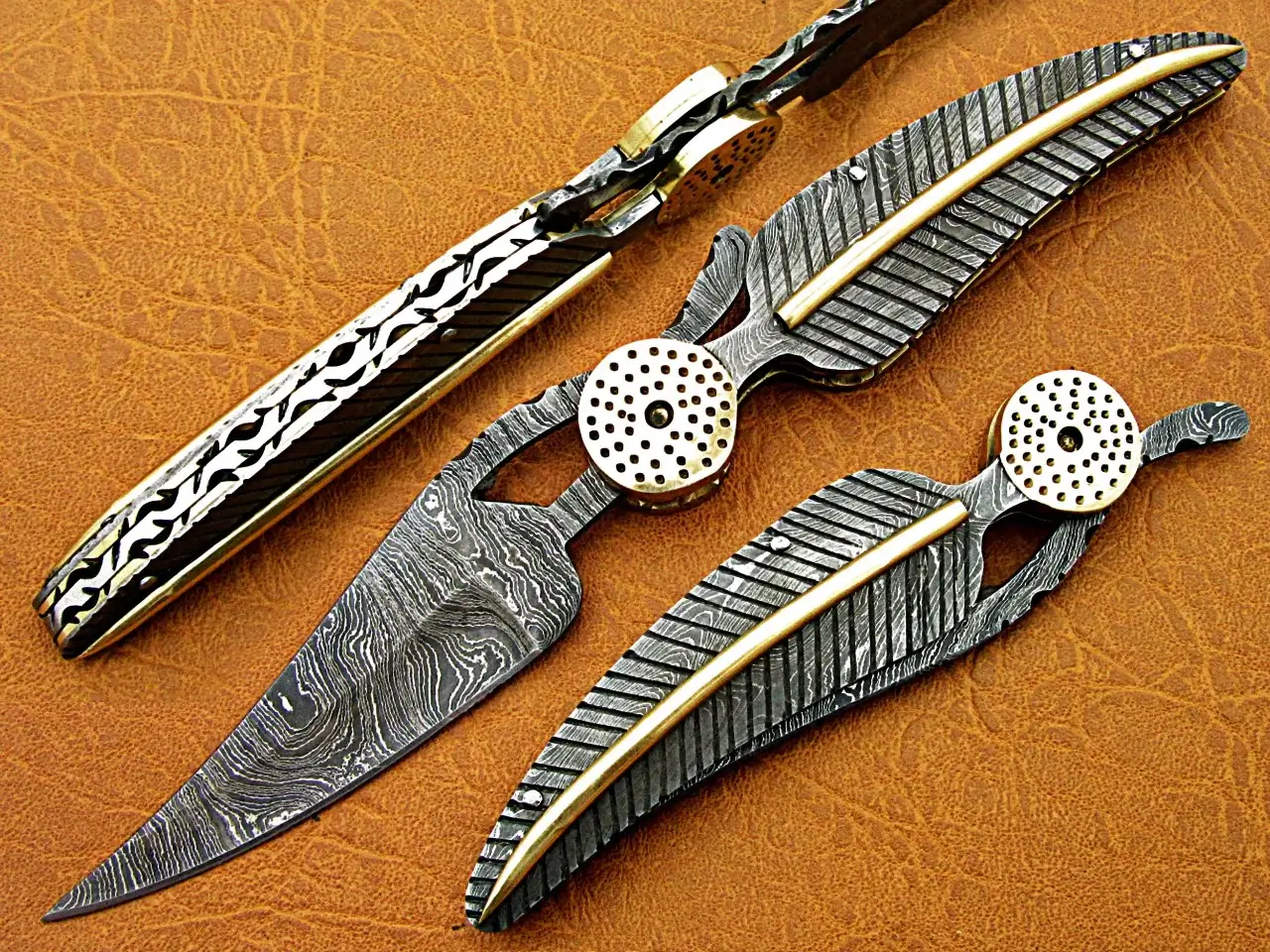
How and for what will you use this knife? Daily carry, collector display, specialized tasks?
Thoughtfully considering future needs optimizes choices like blade shape or steel type.
Contact Selected Makers
Briefly explain your design goals, budget, and expected timeline to gauge availability and feasibility.
Reputable smiths stay booked months in advance for exclusive commissions.
Design Collaboration
Refine concept blueprints with your maker through detailed discussion, sketches, prototypes, and adjustments as needed.
An open creative process nurtures the best results.
Payment Terms
Respected makers require non-refundable deposits ranging from 30-50% to secure build slots.
Balances are due on delivery unless financing is arranged.
Production Timeline
Top smiths often carry significant waitlists.
Even simpler knives take 4-8 months on average.
Factors like materials procurement, finishing complexity, and unexpected delays influence estimated durations.
Delivery Day Awaits
After the collaboration period, the long-anticipated moment arrives when your one-of-a-kind creation is unveiled.
Admire each detail you helped shape into a finished functional work of craft.
Popular Blade Steels for Custom Knives
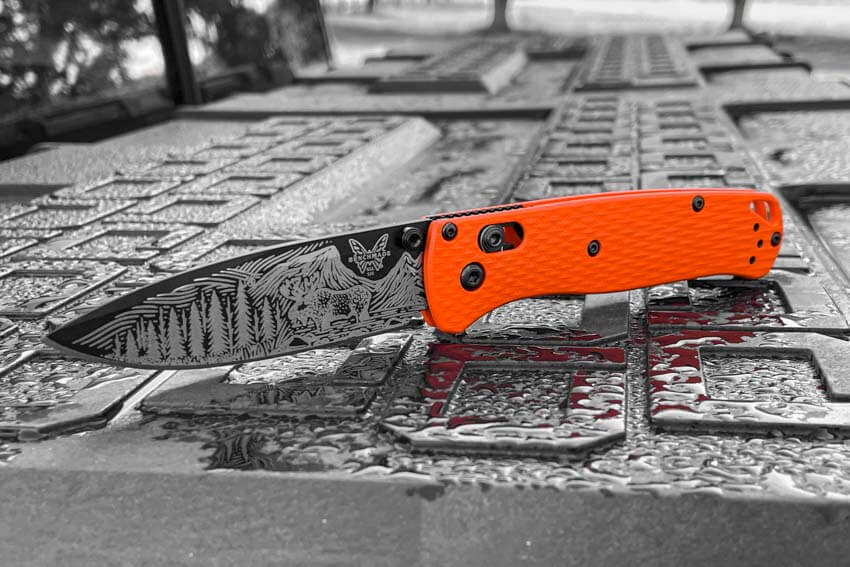
Premium alloys enable artistry through varied edgeholding, corrosion resistance and aesthetics:
Carbon Steels
1095 is a traditional high-carbon tool steel offering excellent edge qualities at affordable prices.
More advanced variations like 52100 and CPM-M4 provide enhanced wear resistance through precise heat treatment.
Stainless Steels
Workhorse options like 154CM/Elmax and S30V provide stainless characteristics while retaining respectable edge characteristics.
High-end versions like S90V/VG10 deliver premium lifetime sharpness.
Alloy/ Powder Metallurgy Steels
CPM-S35VN, CPM-S110V and Rex45 optimize toughness and strength through advanced metallurgy.
Novelty steels offer specialty traits – Damascus patterns, resistance etching, or ideal sharpening angles.
Exotic/Premium Options
Rare steels push boundaries. Friction folders use tough nitro-V. San Mai constructions fuse different steels.
Vanadis 4E reaches 64HRC hardness through cryo treatment. Moku Ti alloys titanium novelty.
The sky’s the limit for ambitious makers and clients seeking the ultimate in performance or aesthetics.
Proper heat treating unlocks each material’s full potential.
Popular Custom Knifemakers
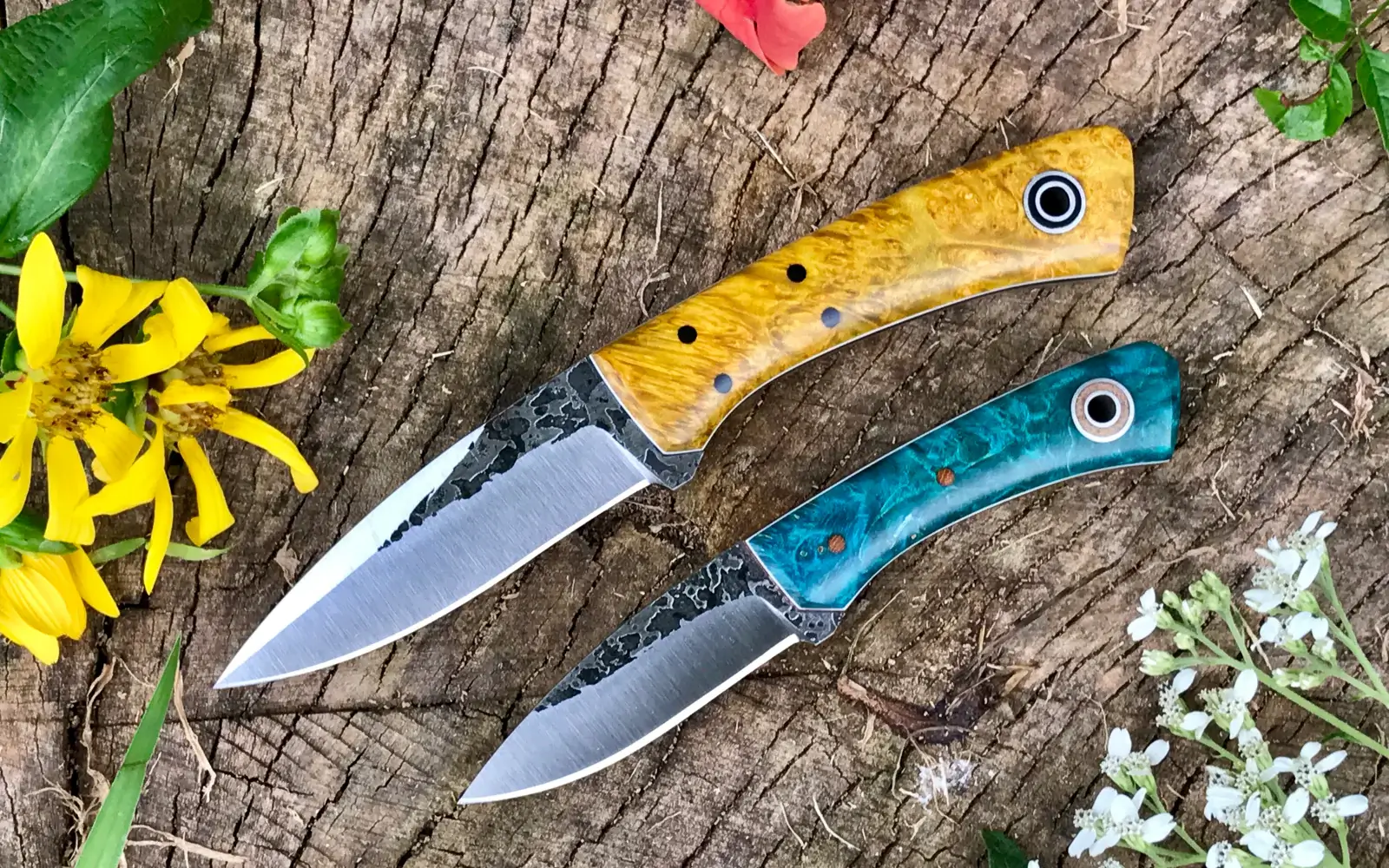
Here are brief profiles of top knifemakers pursuing the pinnacle of artistic craftsmanship:
Brian Nadeau
Known for detailed Damascus patterns and elaborate inlays, Nadeau’s creations exhibit luxurious flair through traditional styling.
Multi-year waitlists prove his status as a superstar artisan.
Sean Campbell
Campbell pushes boundaries through innovative locking mechanisms, elegant forms, and expertly contoured feel.
His iconic “quiet carry” designs redefine minimalist elegance.
CKF
This production outfit nevertheless pushes artistic boundaries through exclusive collaborations with makers like Demko, Shamweri and Snecx.
Modern designs converge art and action.
Chris Reeve Knives
Reeve’s slipjoints define excellence in traditional design, materials selection and fit/finish meticulousness.
Quality assurance demands years of experience.
The craftsmanship, talent, and vision exercised by these and countless other dedicated knifemakers inspires awe for those who appreciate quality, originality, and obsessive attention to all the minute details that elevate simple tools to treasures.
Caring for Your Heirloom Custom Knife
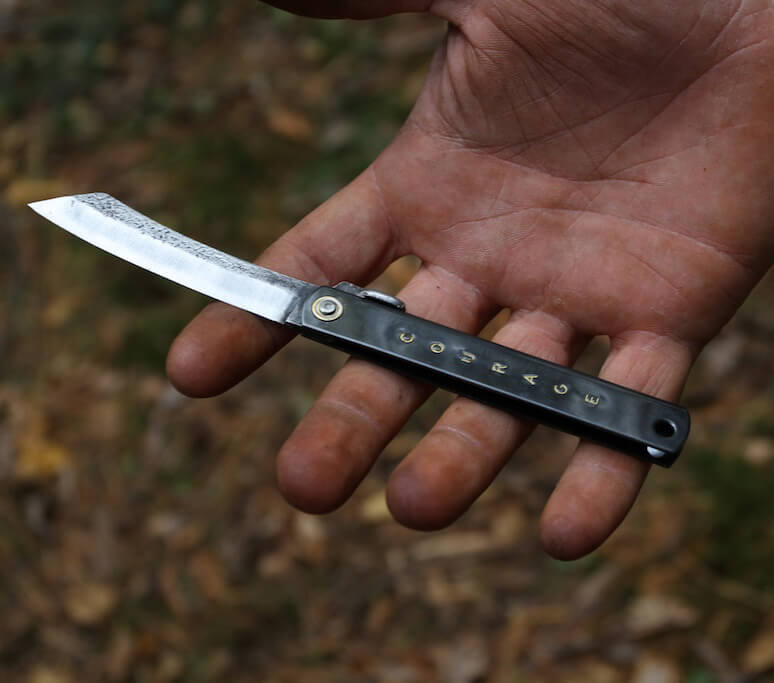
Similar to any fine piece, proper care and maintenance preserves a custom knife’s longevity and functionality:
- Wipe blades clean with a damp cloth, then apply a light coat of CLP, RemOil or mineral oil to prevent flash rusting of bare blades. Reapply monthly.
- Periodically disassemble knife and lubricate pivots/washers/bearings with KPL, Nano Oil or Tuf-Glide for smooth action.
- Store in a dry location away from other metals to prevent corrosion transfers when not in use. Hard cases or sheaths provide dust/impact protection.
- Professionally service well-used knives every 1-2 years for spa treatments like wood/handle refinishing, deep blade stonewash, replating etc.
- For collector display pieces in stable environments, occasional wiping/oil applications suffice to retain mint condition.
- Consider insuring high-value custom knives separately from routine collections for peace of mind.
With attentive care, a quality custom pocket knife can indeed become a family treasure passed through the generations, always retaining practical utility alongside artistic and sentimental value far surpassing mass-produced alternatives.
Truly, the detail, craftsmanship and lifelong enjoyment possible through commissioning customized pocket knives makes them works of functional art like no other.

